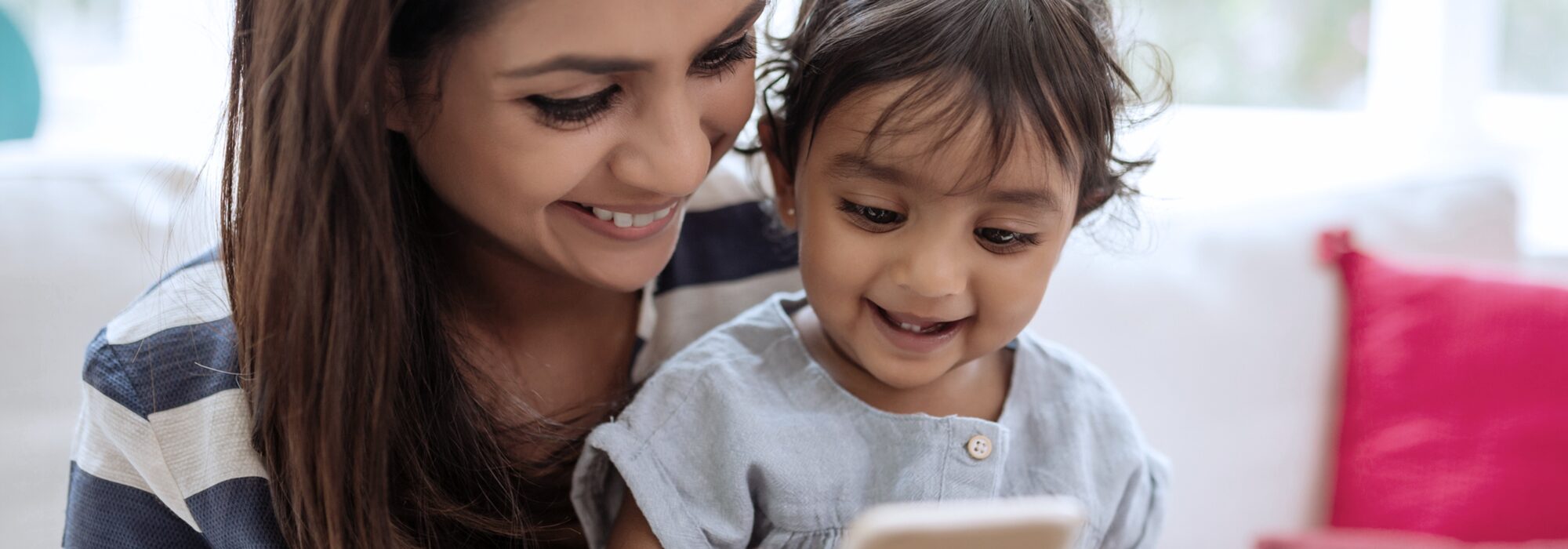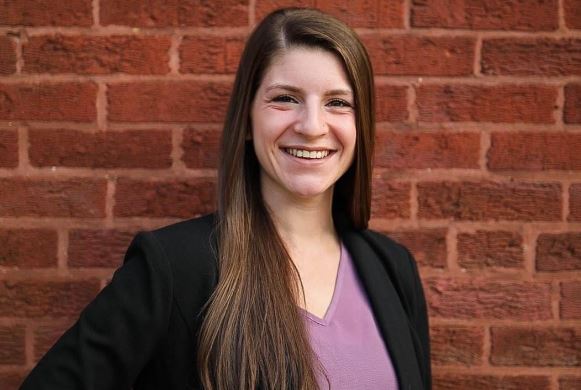
Rating auditory training apps for children with hearing loss
In a world dominated by mobile phones, this article serves as a review of free, readily available iPhone apps designed for auditory training in children with hearing loss.
Although providing audibility is the first step of the (re)habilitation process, follow-up services with a hearing aid or implant as the nucleus of the process are essential to the child’s speech and language development.
In a modern world where technology has become a significant part of daily life, mobile phones are increasingly being used as an adjunct to the audiologic rehabilitation for children with hearing loss. These apps vary greatly in terms of purpose, target population, availability, psychometrics, and ease of use, among other factors.
As such, the sheer number of websites and apps available can leave audiologists and parents overwhelmed with the options available to them.
Making auditory rehabilitation family-centered
In order to best engage with our patients and their families, we must be knowledgeable of how we can use all the resources available to provide gold standard, family-centered care. In clinical practice today, that means audiologists must be familiar with appropriate apps currently available for auditory training.
To streamline the decision making process, we recently completed a project that included a compilation of the many free, available apps for auditory training appropriate for use with children. Only free apps were included in order to eliminate any health care inequities that could accrue with apps requiring a fee or subscription.
Compiling a list of apps
A list of apps used for auditory training available for Apple devices was obtained from a spreadsheet created by Childress (2020), and a search of the Apple store was also performed to find all free auditory training apps listed by major hearing device manufacturers.
Only apps available for iPhones were chosen given their widespread use in the general population. These apps were then ranked and rated according to key features.
Rating and reviewing apps
We created a spreadsheet to review, describe and rate apps based on five categories:
- Clarity of visual layout
- Clarity of instructions
- Need for instruction to operate app
- Incorporation of relevant evidence-based auditory training principles: Skills
- Incorporation of relevant evidence-based auditory training principles: Difficulty
The former three categories were adapted from Olson (2015) who reviewed auditory training apps for adults. The latter two categories were adapted from Tye-Murray (2015) to ensure that apps incorporated relevant evidence-based principles of auditory training.
The compendium Free Auditory Training Apps for Children with Hearing Loss describes the categories as well as how and what exactly was considered in developing the ratings.
Ranked and rated apps at the audiologist’s fingertips
This compendium can serve as a valuable resource for the audiologist (or any clinician engaging in auditory rehabilitation with children) in that the child’s needs can be matched with the features available with each app. Further, the audiologist can use the compendium as an educational tool for parents by explaining the features and comparing them to the child’s needs.
The choice of the app to use as part of the treatment plan can be the result of joint decision making between the audiologist and the family thus embodying a main tenet of family-centered care.
Because these apps were reviewed with consideration of evidence-based principles and because they are available to all families, this project provides another way for audiologists to offer families support and ideas for (re)habilitation that are user-friendly and accessible.
This project was completed at the beginning of an era of mobile phone use for healthcare. As audiologists continue to recommend mobile phone apps for auditory training and more apps are developed, it will be even more critical to build on this research with an expanded focus on efficacy.
References
Childress, T. (2020, October 07). Apps for kids (and adults) with hearing loss. Retrieved August 17, 2021, from https://tinachildressaud.com/2011/12/21/apps-for-kids-with-hearing-loss/
Olson, A. (2015). Options for Auditory Training for Adults with Hearing Loss. Seminars in Hearing, 36(04), 284-295. doi:10.1055/s-0035-1564461
Tye-Murray, N. (2015). Foundations of Aural Rehabilitation: Children, Adults, and Their Family Members (4th ed.). San Diego, CA: Plural Publishing.
Authors:
Samantha Schneider, 4th Year AuD Student at Rush University, Chicago, USA
Sam Schneider, BS, is a fourth year Doctor of Audiology student at Rush University in Chicago. She is currently completing her externship at Weill Cornell Medicine. Her clinical interests include aural rehabilitation, hearing aids, cochlear implants, pediatrics, and diagnostics.
Patricia McCarthy, Professor Emeritus at Rush University, Chicago, USA
Patricia McCarthy, PhD, is Professor Emeritus, Rush University, Chicago. Her research, publications, patient care and teaching have focused on audiologic rehabilitation for the past forty years.
Click here to learn more about BabyBeats™ early intervention app, one of the apps listed in the compendium.


